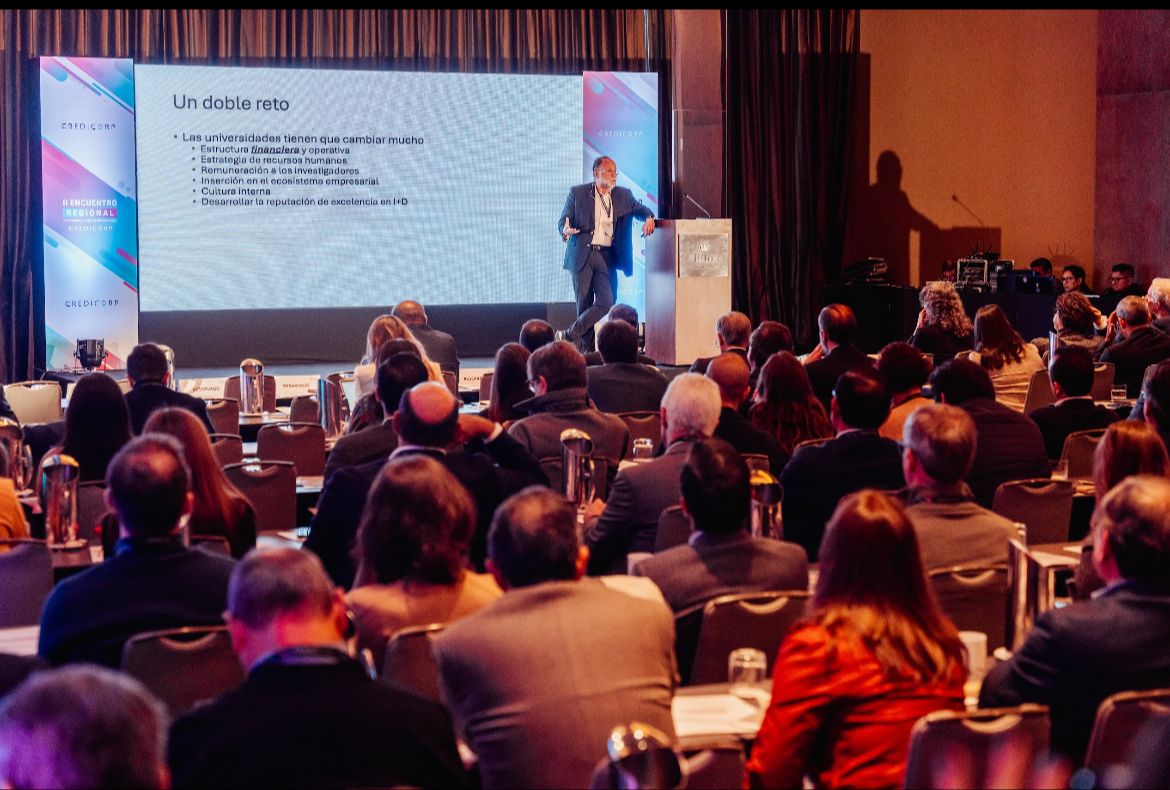Our country, like our peers in the region, has fulfilled, albeit in an uneven manner, a set of development tasks that have helped to close certain gaps or differences that exist with the United States.
According to Ricardo Hausmann, director of Harvard’s Growth Lab, in the last 15 years, Peru has closed gaps in social indicators such as life expectancy, urbanization rate, fertility rate, female participation in the workforce, schooling rate of the workforce, tertiary education, among others.
LOOK: New holidays affect trade and manufacturing
However, what has not changed significantly is the gap in per capita income, regardless of how it is measured. According to the World Bank, in 2008, income adjusted for purchasing power parity in the United States was 5.9 times higher than in Peru, while in 2023 this ratio was 5.2 times.
For Hausmann, who participated in the II Regional Meeting on Development and Financial Inclusion organized by Credicorp, the problem lies in the fact that the gap in technological adoption has widened. He explained that advanced countries are producing technological goods faster than countries like Peru can adapt to them.
According to the expert, Peruvian universities need to be transformed, as well as their relationship with companies.
Data
If we take into account the new goods exported by Peru as an indicator of acquired knowledge, these represent only 3% in the last 15 years.
None of these are related to technology, according to Hausmann.
Peru21 ePaper, enter here and try it for free.
RECOMMENDED VIDEO
















